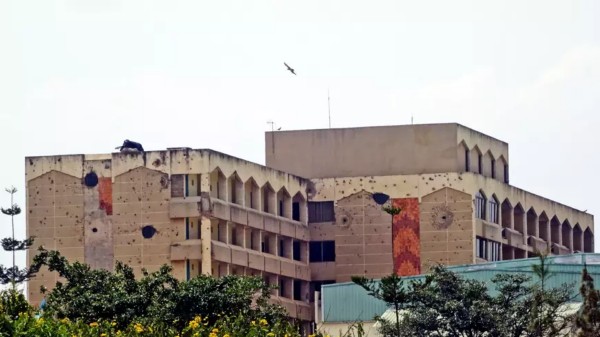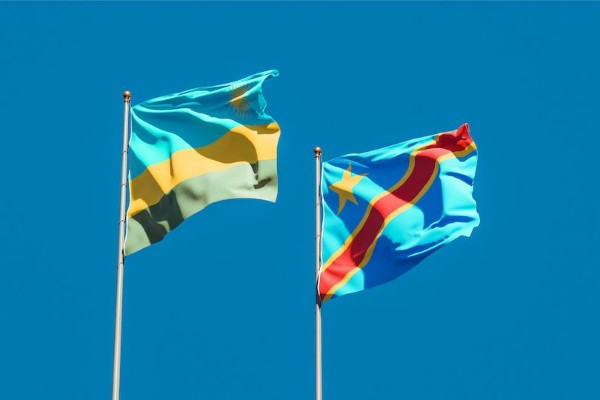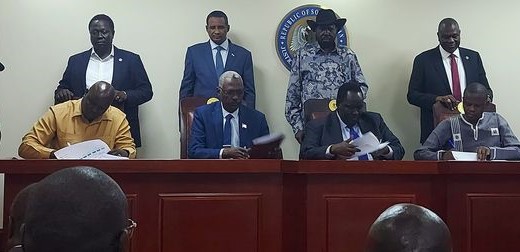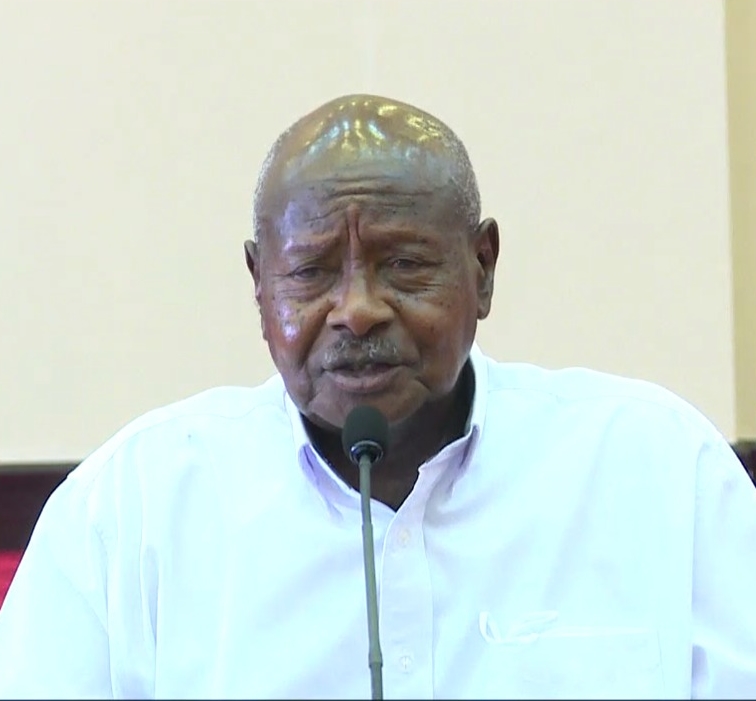Opinion
DR Congo brings unmatched resources, untapped potential to the EAC table
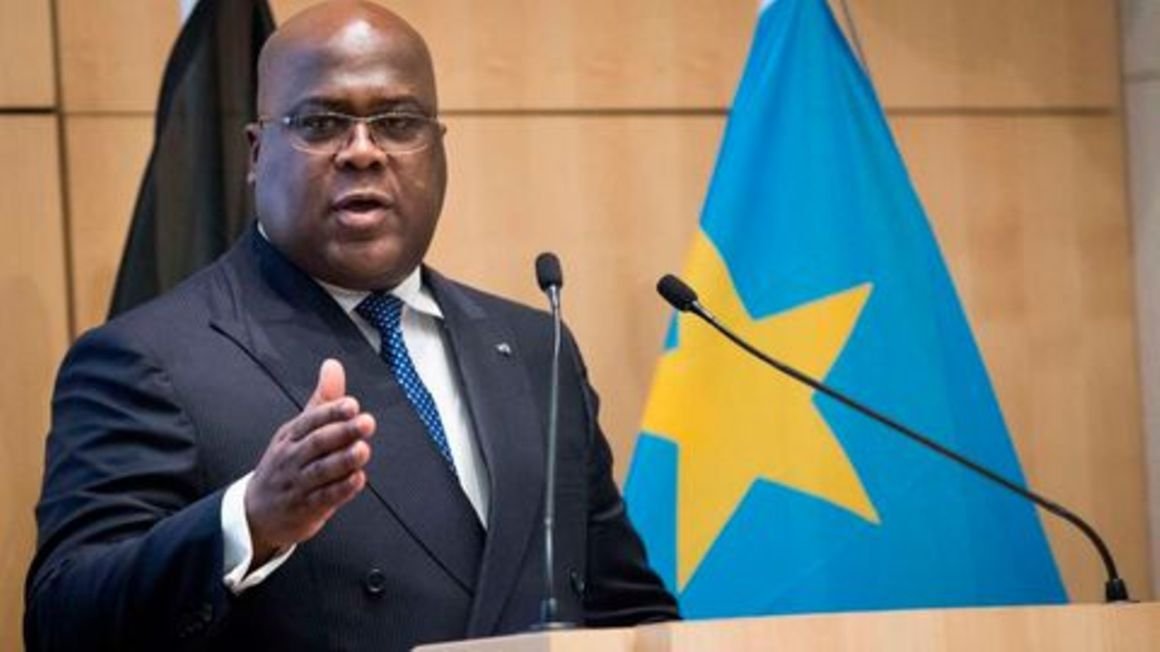
The
East African Community (EAC) has finally granted Democratic Republic of Congo’s
(DRC’s) June 2019 request for admission, at the Extraordinary Heads of State
Summit. Reception to DRC’s entry into EAC has divided opinion in recent times.
For
regional integration supporters in general, and DRC in particular, it is a long
overdue but welcome move that holds the promise of opening up the bloc to
more integrated development.
For integration opponents, the admission of yet another ‘problem child’ into
the Community (in addition to South Sudan that joined EAC in April 2016) is
premature. A third group is neutral, watching how things are shaping up.
‘Problem
child’ or not, DRC’s impressive and unmatched resource portfolio (including
mineral wealth [cobalt, gold, diamond, aluminium, and copper, among others];
105,044,646 people (according to the 2022 World Fact Book); numerous water
bodies; vast farm land; rich biodiversity; and the world’s second largest rain
forest) is still untapped.
To
leverage the additional resources that DRC brings to the EAC table for the
accelerated socio-economic development that the bloc absolutely needs to
sustain its peace and security, EAC member states are best advised to embrace
DRC wholeheartedly.
Shared Opportunities, Shared Burdens
Like
Tanzania, DRC is a Southern Africa Development Community (SADC) member state.
As membership to EAC and SADC are not mutually exclusive, DRC’s entry into EAC
will strengthen the EAC-SADC bridge that Tanzania already established when she
joined SADC. It will also bolster ongoing bilateral negotiations for a Grand
Free Trade Area between EAC and the 16-member SADC, and among EAC, SADC, and
the Common Market for Eastern and Southern Africa (COMESA).
Furthermore, the addition of DRC’s 105,044,646 people to EAC will swell EAC’s current population to 303,370,369 individuals, and expand the EAC-SADC one to about 613,588,439 people. DRC, sub-Sahara’s largest country, will become EAC’s largest country. She will also bring her French heritage with her, and, together with Rwanda, and Burundi, give EAC a new identity; EAC will become Africa’s largest Francophone bloc. The trade potential of this is significant.
That
said, becoming EAC’s newest member will not suddenly melt away the
socio-economic and geopolitical problems that plague DRC. On the contrary, DRC
will still be a rich-poor country on its admission into the bloc on March 29,
2022.
Being
one of the mineral-resource richest countries in the world, and having the
“second largest primary humid tropical forest endowment and carbon sink
globally”- according to the World Bank –
has not insulated DRC from becoming the home of “the third largest population
of poor globally.”
DRC’s
inability to improve its development outcomes sufficiently despite rising
commodity prices and her expanded production capacity could point to poor
economic management, geopolitical interference, and protracted political
crises. To be clear, DRC’s entry into the EAC will not introduce anything that
its six current members (Burundi, Kenya, Rwanda, South Sudan, Tanzania, and
Uganda) are not already accustomed to.
With
or without DRC, armed militant groups, terrorism, illegal migration, political
turbulence, underdeveloped economies, youth unemployment, poverty, and poor
infrastructure are realities that EAC has contended with for much of the time
since July 2000 when the Community came into being. However, it will
recalibrate the bloc’s peace and security considerations.
Some
opponents of integration have expressed fear that DRC will import armed
militants into EAC; these are not misplaced. The pursuit and/or protection of
the often-competing interests of local populations; the government; regional,
continental, and extra-continental actors; multinational corporations;
development partners; and peace keeping troops have created a security dilemma.
This
has allowed for the growth of armed militant groups in the North Kivu province
– which is one of the country’s resource bedrocks. More than 100 militia groups
are known to be active in eastern DRC. The change in the Allied Democratic
Force’s (ADF’s) identity from a militia group into a militia-terror group has
also complicated DRC’s security challenges. Unsurprisingly, DRC’s set of
complex security challenges is one of misgivings about DRC’s entry into EAC
that some of those opposed to DRC’s entry into EAC have.
Then
there is the issue of infrastructural underdevelopment. Compared to other
less-endowed countries in EAC or SADC such as Kenya, or South Africa, there is
room for DRC to develop her mining (high value minerals), agricultural, transport
(roads, railways), energy (solar), financial (banking), and telecommunication
sectors further.
Enhancing “Integrated Development”
DRC will now have six additional accountability partners with whom she can navigate the integrated development terrain better. This navigation could begin with DRC confronting and resolving its persisting problems with a greater sense of urgency.
Source:
www.theeastafrican.co.ke


